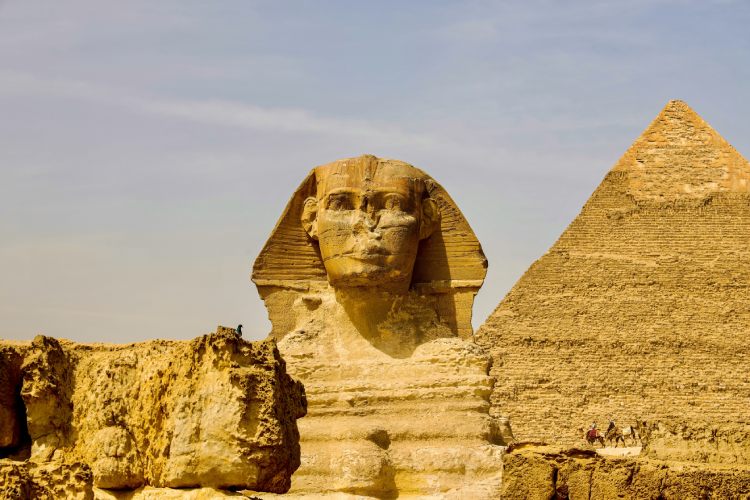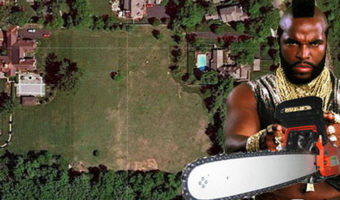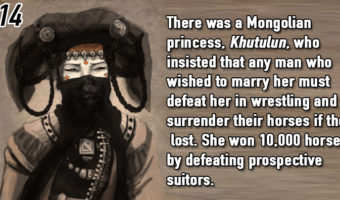What Is the Reason Behind So Many Ancient Statues with Broken Noses?
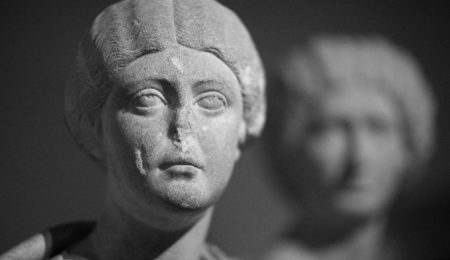
Statues such as Michelangelo’s David or Auguste Rodin’s The Thinker are more than just works of art. They act as windows into the past. These pieces represent not just the culture but also the artistic capabilities of people at the time. However, over the years, historians have found several statues with broken noses, arms, ears, and much more. This begs the question, “Why would someone deface a work of ancient art?â€. It’s a question that has intrigued not just historians but also art critics and enthusiasts alike. Today, let’s look at a few possible reasons for this phenomenon. Was it just a result of time or something far more supernatural?
Table of Contents
Cultures often attacked statues to reduce the power they possessed
One of the most interesting reasons for the mutilation of ancient statues delves into the realm of mysticism. Some ancient cultures, such as the Egyptians, believed statues possessed a “life force” of their own. Worshippers would pray to the statue and perform rituals in its presence as a form of reverence. So, when enemies would invade these areas, they would disfigure the statue in a way to “disable” it.
While Egyptians did not believe that a statue was “alive” in the true sense of the word, they believed that the life force entered the statue through the nose. Preventing the life force from entering the statue required breaking the nose. In the past, people believed this killed the statue. Now, damaging these religious and cultural symbols is considered an act of iconoclasm.
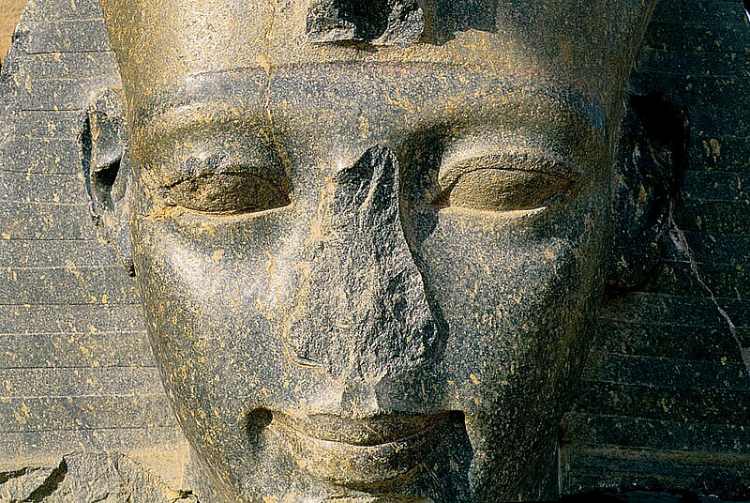
Edward Bleiberg, curator at the Brooklyn Museum’s Egyptian art galleries, states that in the past, it was thought that a destroyed body part on a statue renders it unable to do its job. Cutting the ears off the statue would render it unable to hear the prayers of its devotees. Breaking the left arm would mean it would no longer be able to bless devotees with offerings. However, Bleiberg states that politics motivated iconoclasm much more than faith did.
Statues often faced the wrath of new rulers who wanted to erase their history
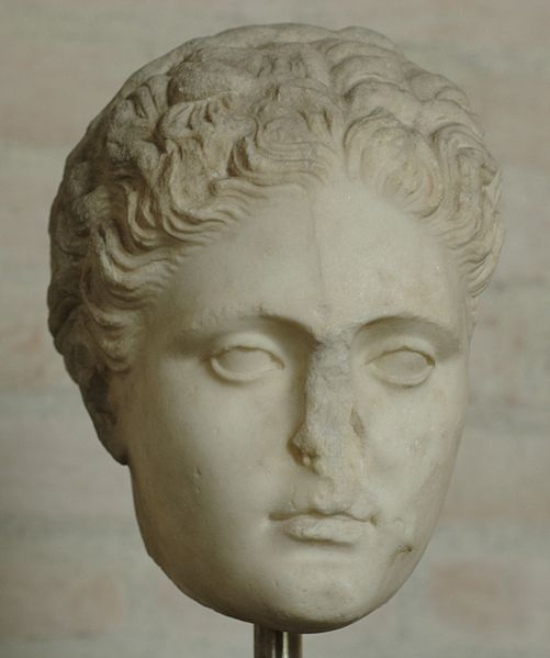
Throughout the ages, monuments and art pieces have had to endure the ravages of countless battles. Not only were these works of art commonly damaged during the struggle, but they were also the targets of invading rulers aiming to assert their power. Citizens, too, would deface and break statues of rulers who dissatisfied the population. Damaging the likeness of leaders has been a practice throughout history, and we see the same occurring even today.
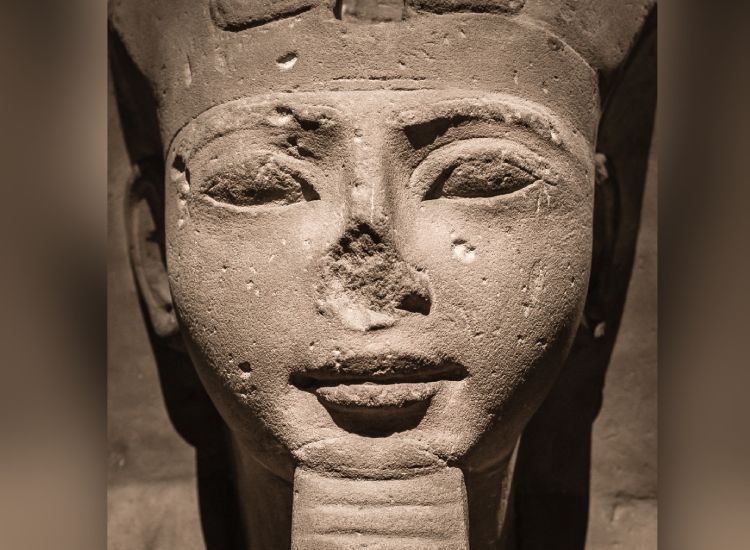
According to Rachel Kousser, a professor of ancient art at the City University of New York, every culture in the ancient world followed this practice. By defacing the statue, people aimed to erase and discredit the history and accomplishments of the ruler. The practice dates all the way back to the Mesopotamian civilization, between about 2300 and 2150 BCE. The likeness of their ruler, King Sargon of Akkad, had its ears cut off, its nose broken, and its eyes gouged out. It was intended as a dramatic representation of the ultimate downfall of the once-great leader.
Time is not the best caretaker of statues and monuments, either
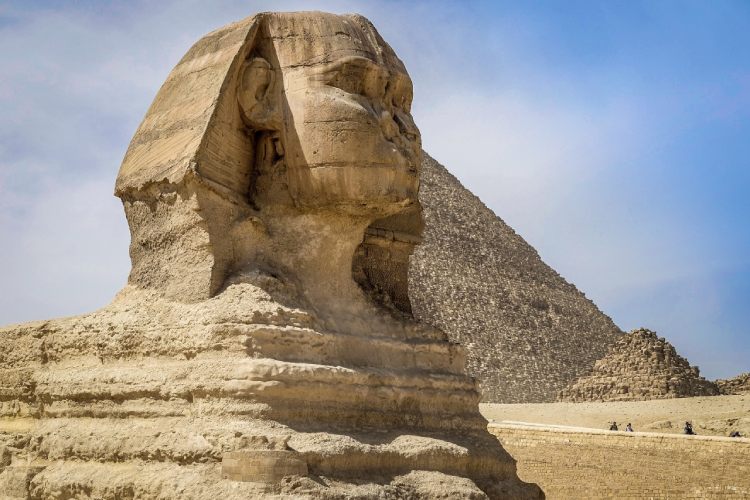
As with everything created by man, even statues eventually succumb to the rigors of time. General wear and tear over the years can cause damage to the statues, causing breakages and erosion. Even with modern preservation techniques, paintings such as the Mona Lisa are still degrading. Given statues have even greater exposure to the elements, it makes sense that time has affected their look and quality. However, experts can identify when a statue has been damaged by erosion and when it has been purposely disfigured by human action. Time explains some of the damage seen on statues, but both iconoclasm and political protest are also prominent factors.
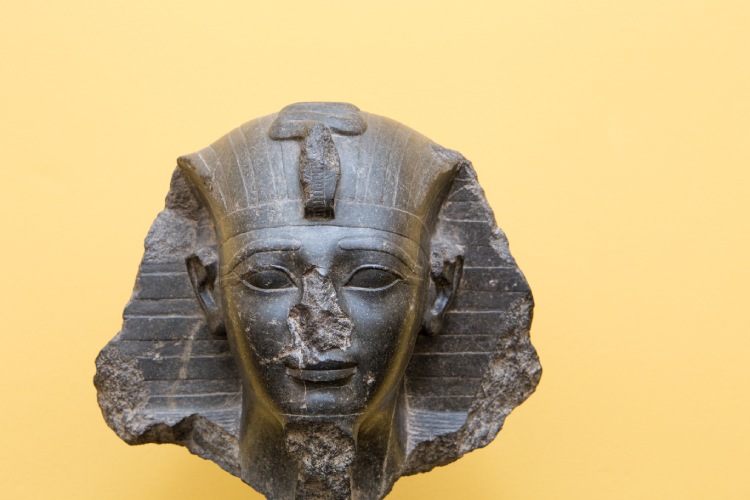
The missing noses, arms, ears, and other features of ancient statues are a very intriguing mystery that historians have yet to fully solve. While the statue may not look as originally intended, the disfigurements act as a window into the past for researchers. By studying these occurrences throughout history, our experts can form a cohesive picture of the behaviors and sensibilities of people from the past.














